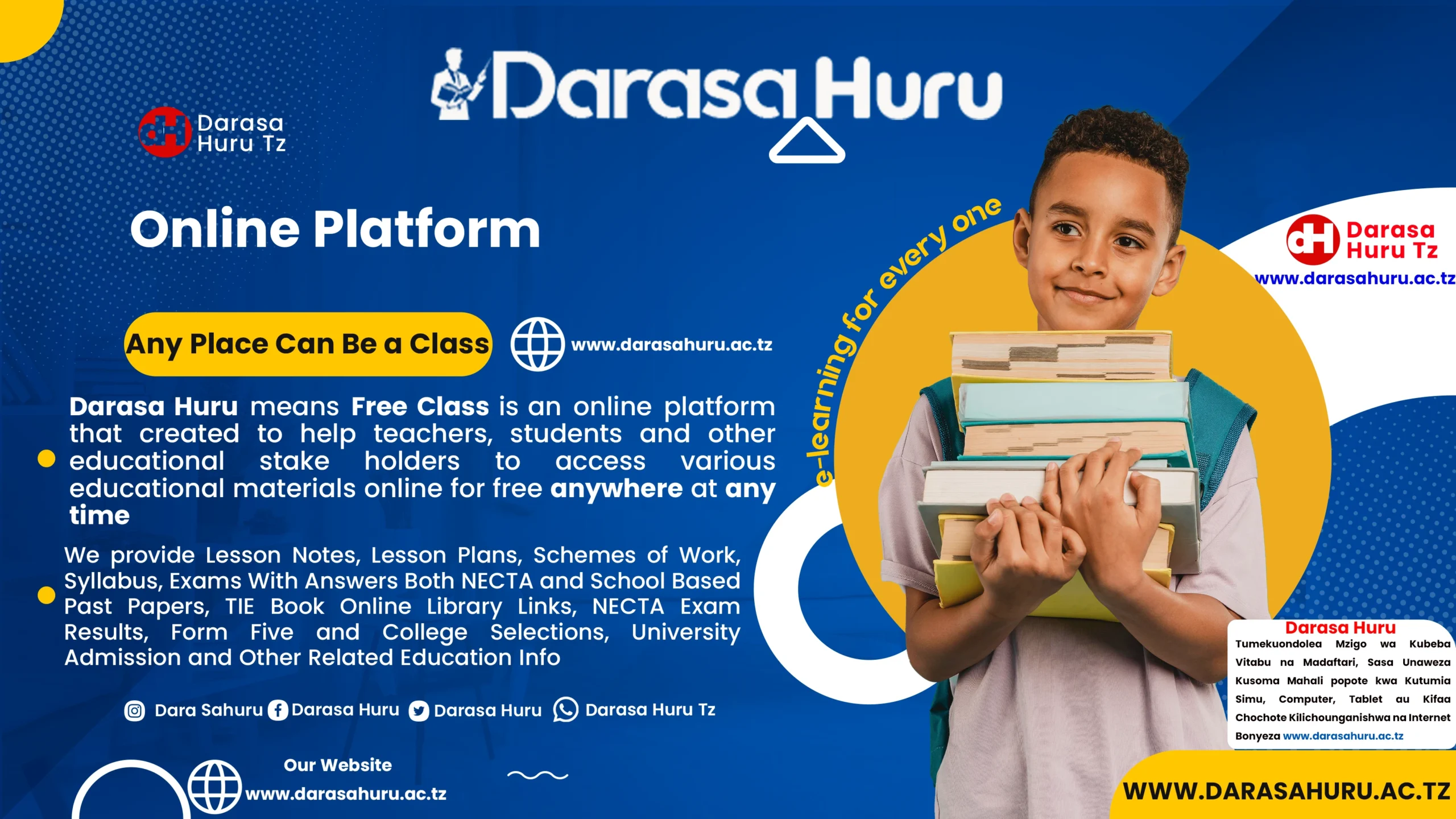The landscape of education is rapidly evolving, and the integration of online courses into traditional school curricula is at the forefront of this change. This blended learning approach offers a powerful way to enrich the educational experience, providing students with access to a wider range of subjects and learning styles. The initial experience of integrating these digital resources can be both exciting and challenging, requiring careful planning and a commitment to a new way of teaching and learning. The selection of the right online courses is a strategic decision for a school, similar to how an individual might choose a trusted online gambling platform like 1win casino for a specific purpose, based on its quality and reliability.
The primary motivation for this integration is to supplement and enhance, not replace, the core curriculum. Online courses can offer specialized subjects that a school may not have the resources to teach, such as coding, advanced robotics, or a niche foreign language. They can also provide a more personalized learning path for students who want to delve deeper into a subject they are passionate about.
The Pilot Program: Planning and Implementation
The first step in a successful integration is a well-planned pilot program. It is wise to start small, perhaps with a single grade level or subject area. This allows the school to test the technology, gather feedback, and refine the process before a full-scale rollout.
Choosing the right online content provider is paramount. The selected platform should offer high-quality, engaging courses that are aligned with the school’s educational standards. The user interface should be intuitive for both students and teachers, and the provider should offer robust technical support. Teachers involved in the pilot program must receive adequate training on how to facilitate the online courses and integrate them with their in-person instruction.
Key steps for a successful pilot:
- Define Clear Goals: What does the school hope to achieve with this integration?
- Select High-Quality Content: Carefully vet online course providers.
- Provide Teacher Training: Equip educators with the skills to manage a blended classroom.
- Ensure Technological Readiness: Check that the school’s internet infrastructure and devices can support the program.
- Gather Feedback: Regularly survey students, teachers, and parents to assess the experience.
The Student and Teacher Experience
For students, the experience of taking an online course as part of their regular school day can be incredibly empowering. It fosters independence, self-discipline, and digital literacy skills. They learn to manage their own time and take ownership of their learning in a way that traditional classroom settings sometimes do not allow.
For teachers, the role shifts from being the “sage on the stage” to the “guide on the side.” They become facilitators of learning, helping students navigate the online content, answering questions, and leading in-person discussions and projects that connect the digital material to the real world. This blended model can lead to a more dynamic and interactive classroom environment.
In Conclusion
The first experience of integrating online courses into a school curriculum is a critical learning journey for the entire educational community. It is a step towards creating a more flexible, personalized, and future-ready learning environment. By starting with a thoughtful pilot program and focusing on supporting both students and teachers through the transition, schools can successfully harness the power of online learning to enrich and expand their educational offerings.
- New Methods of Online Education in Tanzania
- The Implementation of Hybrid Learning in Universities
- Conversion of Attention: From Web-Terminal to Mobile Application
- BC.Game App: Complete Guide for Mobile Players
- Science, Technology, and School: The Sustainable Triangle of Understanding












